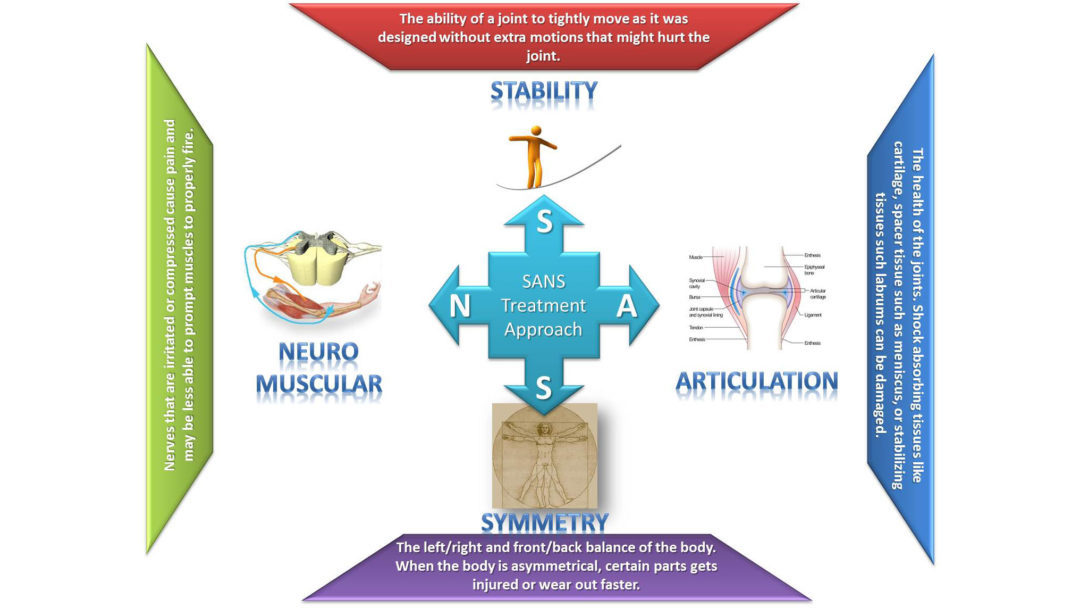At the Centeno-Schultz Clinic, we utilize a systematic approach in our evaluation of each patient. This approach is called SANS and stands for the following:
- Stability
- Articulation
- Neuromuscular
- Symmetry
Today, I want to focus on stability.
Stability in a mechanical sense means resistance to falling apart. In the context of your joint, stability refers to a joint that moves with all the surfaces in general alignment all the time.
There are two types of instability: surgical instability and microinstability. Surgical instability involves complete disruption of a ligament, such as a torn and fully retracted rotator cuff. The shoulder in such a case is unstable and requires surgery.
Microinstability exists when the surfaces of the joint are not kept in exact proper alignment during movement. Why is this important? When the joint and supporting structures uncontrollably strike each other as a result of the microinstability, the joint experiences excessive wear and tear. This wear and tear results in injury, and the joint tends to wear down much faster in comparison to a stable joint. Your car tire provides a good example of this. If the lug nuts are not tight and the alignment is off, the tire, like the one on the right below, will experience excessive wear and tear and will need to be replaced sooner than a tire that is tight and aligned properly.
Joint stability is dependent upon ligaments and muscles. Ligaments are the living duct tape that keeps the joint together. Ligaments that have been stretched or are loose cause joint instability. Treatment options for joint instability include addressing both components. Physical therapy can address muscle weakness, while ultrasound-guided injections of platelet-rich plasma or stem cells can treat loose ligaments. At the Centeno-Schultz Clinic, all injections are performed under direct guidance utilizing ultrasound or X-ray.
The evaluation of a joint is critical to understanding the underlying problems and selecting the best treatment plan. The stability of a given joint is critical and must be evaluated. This is part of the SANS approach utilized at the Centeno-Schultz Clinic.
To better understand joint stability please review this video of a dynamic ultrasound of the shoulder:
If your provider has not evaluated the stability of your joint under dynamic ultrasound, go elsewhere.

